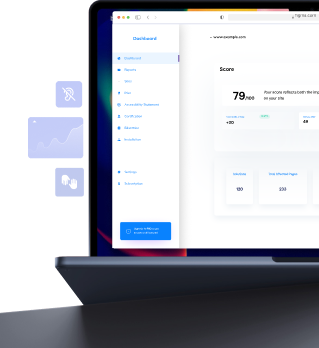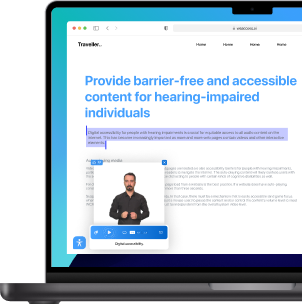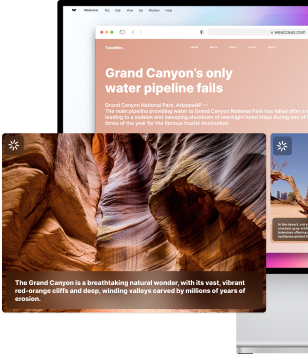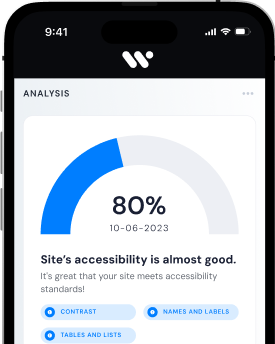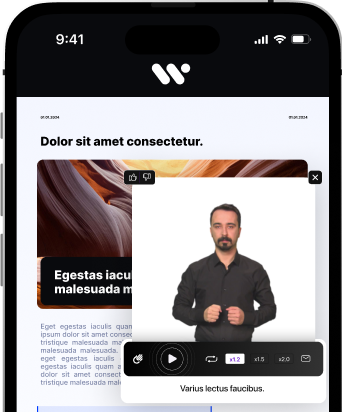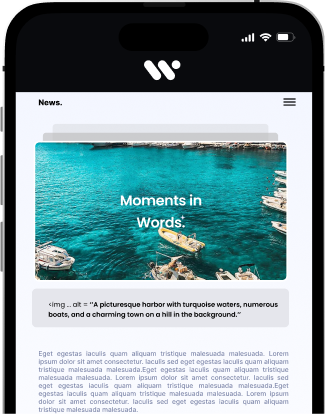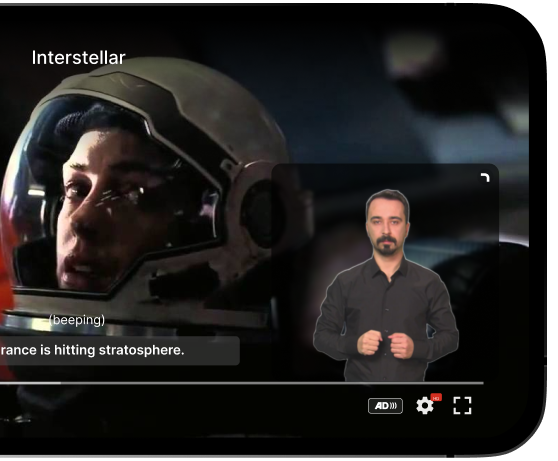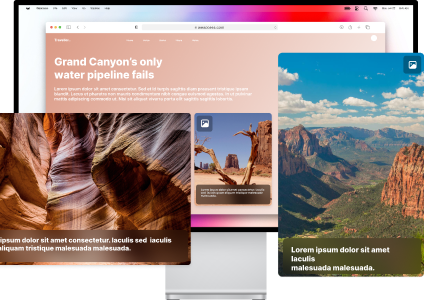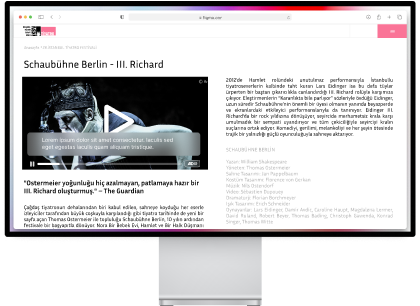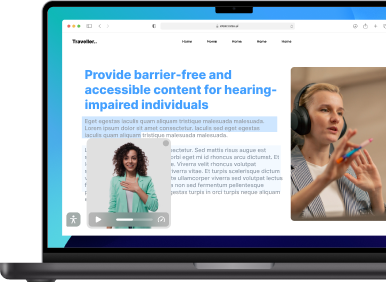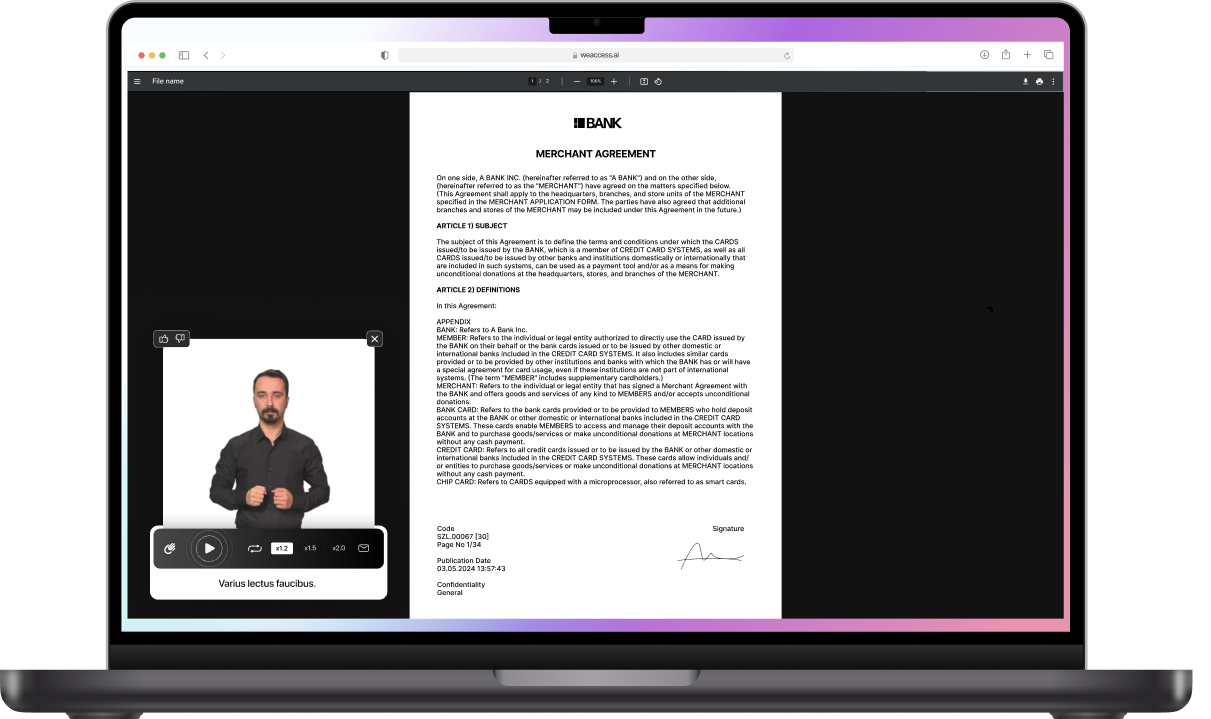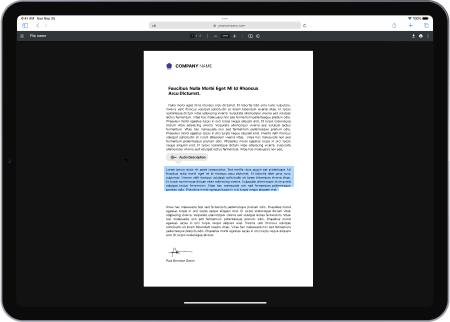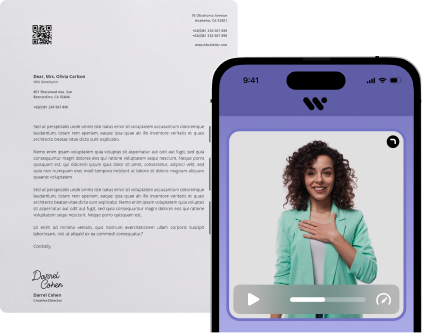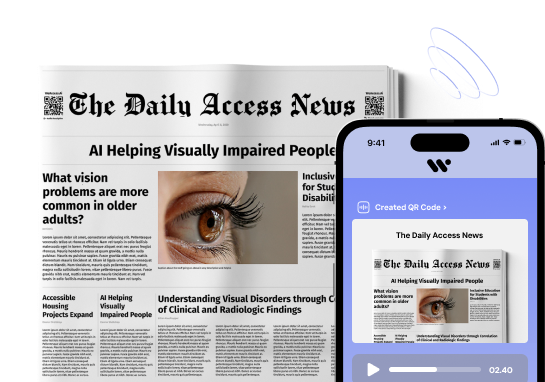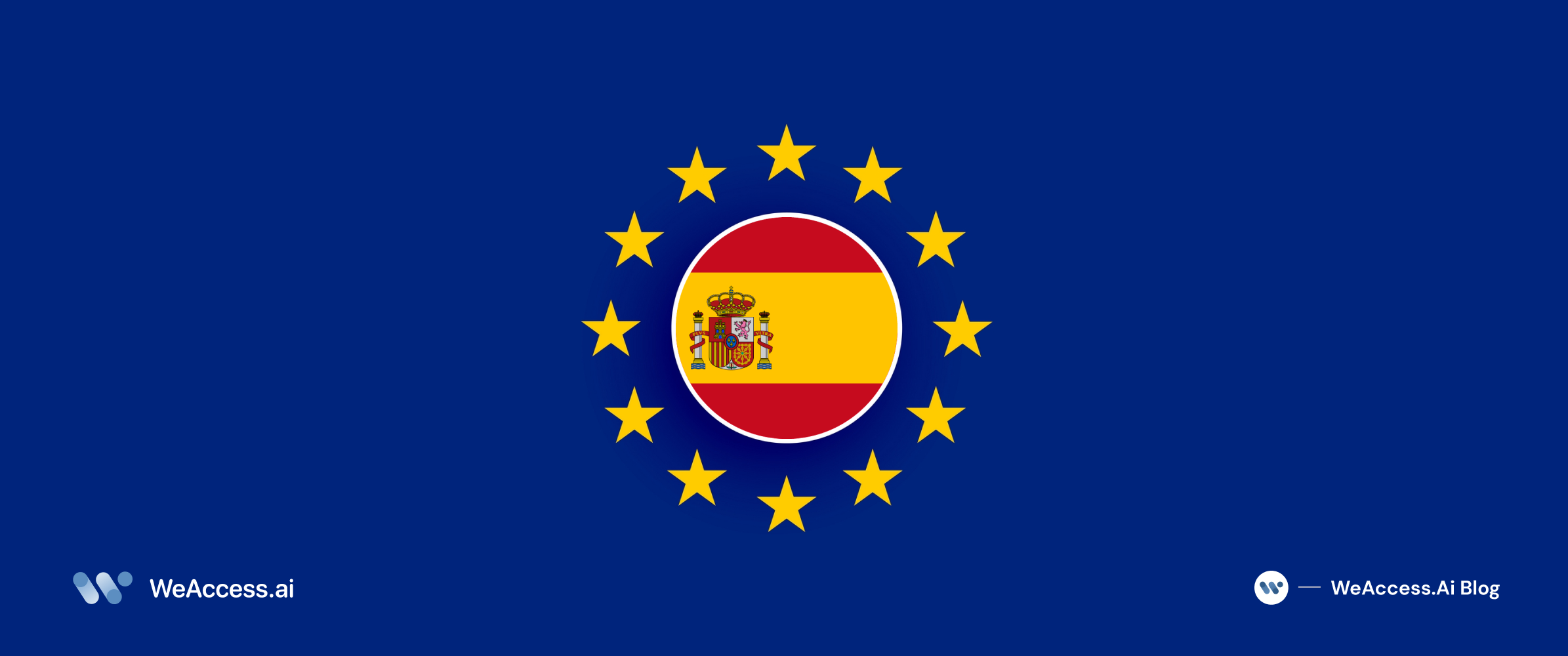Spanish Accessibility
Spanish accessibility refers to the ability of individuals with diverse abilities and disabilities to access information, products, and services provided in the Spanish language. In today's digital age, ensuring accessibility in Spanish content is of paramount importance to promote inclusivity and equal access for Spanish-speaking populations.
What is Spanish Accessibility and Why is it Important?
Understanding the Concept of Accessibility in Spanish Language
Accessibility in the context of the Spanish language encompasses ensuring that digital, physical, and cultural environments are usable and accessible to individuals with disabilities, including those who are Spanish-speaking. This involves taking into account various aspects such as language proficiency, assistive technologies, and cultural nuances to provide a truly inclusive experience for all users.
Benefits of Making Spanish Content Accessible
The creation of accessible Spanish content not only benefits individuals with disabilities but also enhances the overall user experience for Spanish speakers, leading to increased engagement, improved comprehension, and greater reach of the content. Moreover, it fosters a more inclusive and diverse digital environment that reflects the needs and diversity of Spanish-speaking audiences.
Challenges in Providing Spanish Accessibility
Despite the importance of accessibility in the Spanish language, numerous challenges exist, such as the need for specialized skills in both linguistic and technical aspects, limitations in available resources, and ensuring the accurate interpretation of cultural intricacies to provide an inclusive and barrier-free experience for all users.
How to Ensure Spanish Accessibility in Online Content?
Translation Tools and Resources for Spanish Accessibility
Utilizing translation tools and resources specifically designed for Spanish accessibility is essential for creating inclusive digital content. The availability of advanced translation technologies, along with human expertise, enables accurate and culturally appropriate translation of content, meeting the diverse linguistic needs of Spanish-speaking audiences.
Best Practices for Making Digital Content Accessible in Spanish
Implementing best practices for Spanish accessibility involves adhering to internationally recognized accessibility standards and guidelines, such as WCAG 2.0, to ensure that websites and digital content are perceivable, operable, understandable, and robust for Spanish-speaking users with disabilities. This involves considerations like providing alternative text for images, creating accessible forms, and ensuring color contrast for readability.
Testing and Evaluating Spanish Accessibility
Thorough testing is crucial to verify the accessibility of Spanish content. Regular evaluations, including automatic and manual analysis, are essential to identify and address potential accessibility barriers within digital environments, ultimately improving the overall level of accessibility for Spanish-speaking users.
Importance of English to Spanish Translation for Accessibility
Key Considerations for English to Spanish Translation
Effective English to Spanish translation plays a pivotal role in promoting accessibility, requiring a deep understanding of both languages to accurately convey the tone, context, and meaning of the content without compromising accessibility. This includes ensuring that translated content complies with accessibility guidelines specific to the Spanish language.
Improving Accessibility through Spanish Language Resources
By integrating Spanish language resources and accommodating varying linguistic nuances, organizations can greatly enhance the accessibility of their content for Spanish-speaking audiences with diverse abilities. This approach encompasses fostering an inclusive and supportive environment where individuals feel empowered and represented through accessible Spanish content.
Addressing Translation Challenges for Spanish Accessibility
Addressing the unique challenges of translating content for Spanish accessibility involves leveraging a deep understanding of the cultural and linguistic context, alongside technical expertise, to overcome potential barriers and effectively disseminate information in a manner that is accessible and inclusive for Spanish speakers.
The Role of Spanish-Language Observatory in Promoting Accessibility
Monitoring and Advocating for Spanish Accessibility Needs
A Spanish-language observatory plays a crucial role in monitoring, advocating, and promoting the accessibility needs of Spanish-speaking communities. By actively engaging in research, policy development, and community outreach, observatories contribute to the ongoing efforts of enhancing accessibility and fostering an inclusive environment for all Spanish speakers, particularly those with disabilities.
Research and Insights on Spanish Accessibility
Conducting in-depth research and gathering insights on Spanish accessibility provides valuable information that can be used to inform and shape future strategies and initiatives aimed at improving the accessibility of digital content and services for Spanish speakers. This approach helps in identifying specific challenges and opportunities, thereby enabling effective solutions to be implemented.
Collaborative Efforts for Enhancing Spanish Accessibility
Fostering collaborative efforts involving stakeholders, organizations, and government entities is essential for advancing Spanish accessibility. By working together, these entities can develop and implement comprehensive strategies, share resources, and collectively contribute to the promotion of a more accessible and inclusive digital environment for Spanish speakers.
Ensuring TAW Compliance for Spanish Accessibility
Overview of TAW Guidelines for Spanish Accessibility
Adhering to the TAW (Techniques for the Accessibility of Web) guidelines is critical for ensuring accessibility in the Spanish language. These guidelines provide technical solutions and best practices tailored to the Spanish-speaking audience, focusing on making digital content inclusive and barrier-free for individuals with disabilities.
Implementing Technical Solutions for Spanish Accessibility
Implementing technical solutions designed to enhance Spanish accessibility involves incorporating features and functionalities that support the needs of diverse users. This includes the integration of assistive technologies, creating accessible interfaces, and developing robust digital infrastructures to ensure a seamless and inclusive experience for all Spanish-speaking individuals.
Addressing Specific Challenges for TAW Compliance in the Spanish Language
Addressing specific challenges related to TAW compliance in the Spanish language requires a comprehensive understanding of the linguistic, cultural, and technical aspects that influence the accessibility of digital content. By proactively addressing these challenges, organizations can effectively meet TAW guidelines and elevate the overall level of accessibility for Spanish-speaking users.
Optimizing Your Website for Worldwide Accessibility
Introducing WeAccess: the key to unlocking inclusivity in your business. With our solutions tailored to ensure accessibility for people with disabilities, you can broaden your reach, enhance your brand reputation, and make a lasting impact. Join the movement towards inclusivity with WeAccess today.
you may be interested in EU Accessibility!

